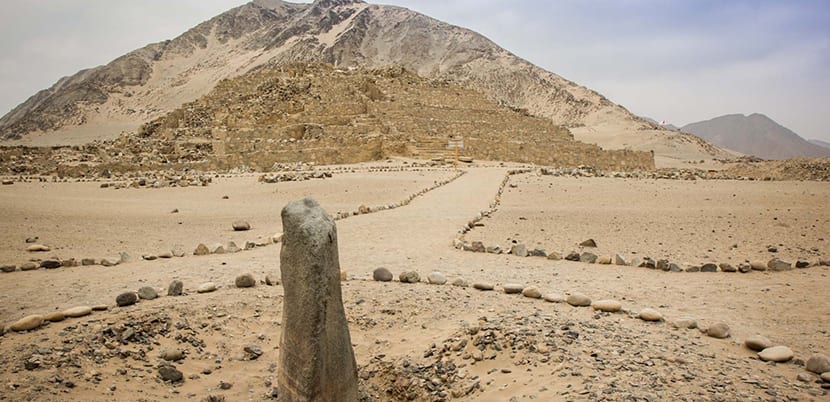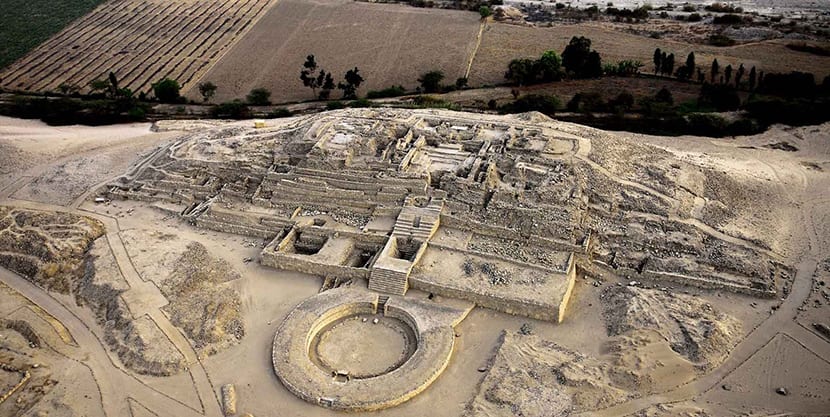
Peru it is the most interesting country, from an archaeological point of view, in South America. Its culture is very rich and you will love it if you are a lover of history and archeology alike. A beauty.
Some time ago we talked about Huayna Picchu and today it is the turn of Caral, another of the archaeological sites that you have to visit. It is only 182 kilometers from Lima, the Peruvian capital, and you can go on your own or sign up for a tour. Here we leave you all the options plus everything you need to know to know it.
Caral
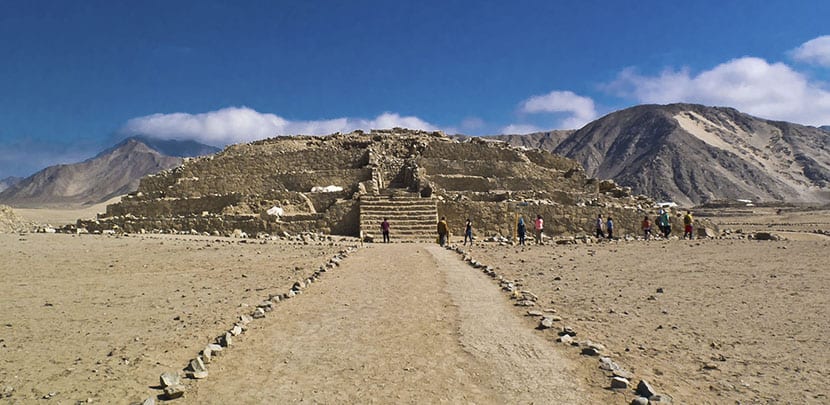
The archaeological site is near Lima, in the Supe valley. Archaeologists say it has a few five thousand years old so with that dating it is the oldest city on the continent. Obviously, UNESCO has considered it World Heritage Site.
The complex of temples and buildings, and there is no lack pyramids, It was built by the so-called Caral Civilization that according to specialists developed between 3 and 1800 BC Considering that It was contemporary with the civilizations of Sumer, India, China, and Egypt. Another detail that cannot be overlooked considering the construction of pyramids, right? And the question of why these structures were built all over the world comes back with force ...
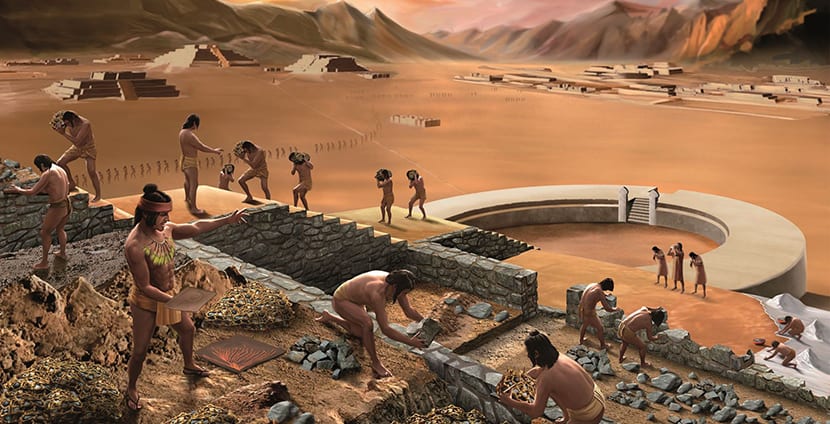
Caral it is just 23 kilometers from the Pacific coast and we can actually locate it in a set of settlements in the same area, a green and fertile valley, with hills that protect it. There are eight settlements but Caral is the most impressive. It is incredible that these ruins were not found until well into the XNUMXth century, or perhaps it was better, but it was some North American explorers who they found her in 1949.
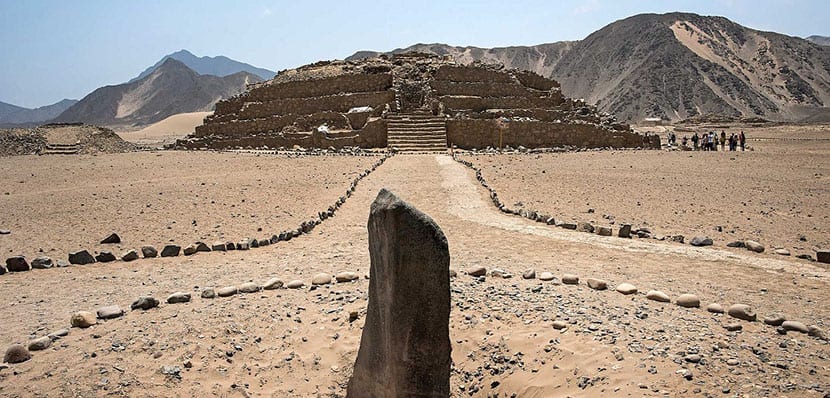
43 years ago a Peruvian archaeologist registered the ruins but it was not until 1979 that the site was excavated and from then on the exploration of the ruins was serious. With Carbon 14 dating, archaeologists determined that Caral is 5 years old, so knowing it changed everything that was thought about American civilizations. Of course, to this day it is not known for sure why the city was abandoned or because civilization fell.
Visit Caral
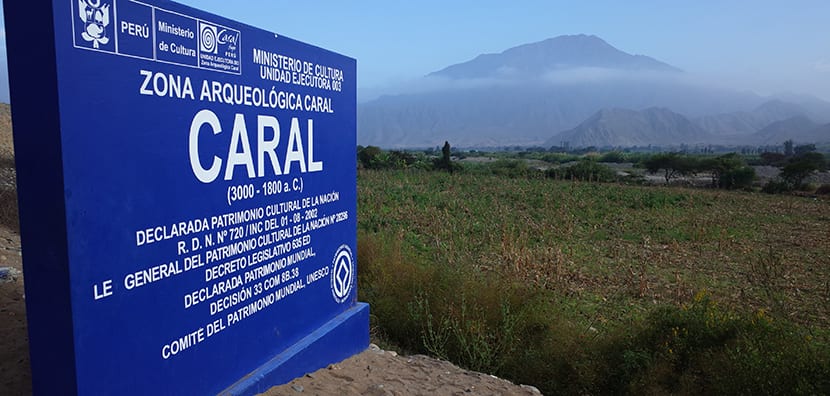
To Caral you can go by car, tour or public transport. If you choose this last method, you will have to take a bus in Lima that goes north, to Supe, about kilometer 187 of the Panamericana Norte. You get off at the Supe market and just one block from the place you have the taxi rank that takes you to Caral. You can arrange for him to pick you up at a certain time and close everything.
Otherwise you can take another collective bus from the same place that leaves you at the entrance of the complex, 20 minutes from it walking. By car you take the Panamericana Norte route until kilometer 184, just before the city of Supe, and follow the signs that take you to Caral. The complex open from Monday to Sunday from 9 am to 5 pm but consider that the last group is authorized to enter at 4. The rate is 11 Peruvian soles per adult.
The visit is guided, in charge of suitable personnel, and 20 new soles are paid for groups of 20 people. It's in Spanish although there are signs in both Spanish and English. Calculate that the tour lasts hour and half. The groups that are formed can wait their turn in a Reception and Rest Area that has a food and bathroom area. On weekends the villagers sell their products but during the week it is convenient to bring your own food and water.
What to see in Caral
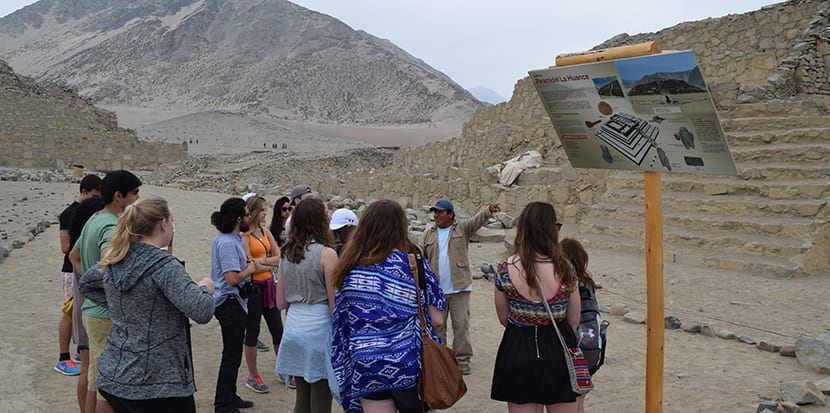
The holy city it was built on a terrace that protected it from the inclemency of nature and its buildings are made of wood and stones. There are six pyramids in total and circular squares, all in an area of 66 hectares roughly divided into two zones, the peripheral and the central.

In the central area there residential complexes and public buildings, some located in the upper half, to the north and with pyramids and two sunken circular squares in front of them, plus a square, and others located in the lower half, to the south, with smaller buildings, an altar, an amphitheater and houses. Beyond, on the periphery, more residences are grouped. It seems that the pyramids, of different sizes, were painted yellow and white, sometimes red. They have a staircase in the center and at the top there are several rooms.
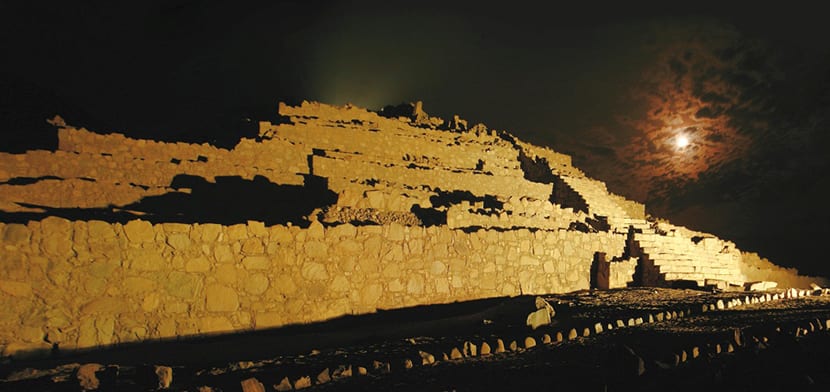
The largest pyramid is 28 meters high and it is the classic postcard of Caral. Another has underground tunnels and a fire pit at the top, another is 18 meters high. Each one has its own characteristics. Beyond the buildings the finds of fabrics, musical instruments and khipus are important. In fact, in one of the pyramids a quipu was found, threads and knots that were used as instruments to preserve information or to communicate, which is considered the oldest in Peru.
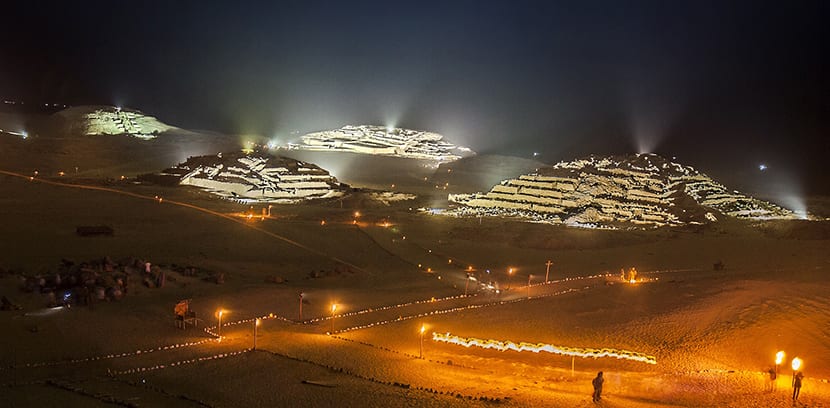
Musical wind instruments, cornets and flutes, colored textiles, dresses, fishing nets, strings, shoes and geoglyphs were also found on the floors that make one think of observing the skies. Archaeologists say that Caral was home to a population of between one thousand and three thousand people, with very marked social differences between the nobles and the religious and the common people. Civilization basically lived off fishing and agriculture and research indicates that they exchanged their products with other populations, being something like a regional economic capital.
With this information you are ready not to miss these important archaeological ruins, in Peru, in America and in the world.
